Surviving Without Clean Water: A Global Crisis
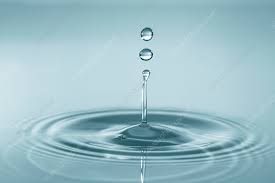
“Surviving the Unthinkable:
The Harrowing Truth About Life Without Clean Water”
The average Human can survive without food for about 1 to 2 months.
The average Human can only survive without fresh water for about 3 to 5 days!!
However, dehydration can set in much sooner, leading to symptoms like fatigue, dizziness, and confusion. Prolonged water deprivation can result in severe health complications and eventually lead to death.
According to the World Health Organization (WHO), water-related diseases are responsible for approximately 3.4 million deaths annually worldwide.
According to UNICEF, diarrhoea remains a leading cause of death among children in low-income countries, with over 340,000 children under five dying each year due to diarrheal diseases directly linked to unsafe water, inadequate sanitation, and poor hygiene.
This is the inspiring story of former nightclub promoter Scott Harrison who set out to solve the water crisis in his lifetime. Today, more than one million people have made it their mission Charity: Water story In 2006.
This post explores the significance of clean water for outdoor enthusiasts and raises awareness of its global importance. Whether hiking, camping, or living off-grid, access to safe drinking water is critical for health and enjoyment.
Let’s look at essential water purification systems and sustainable practices to protect this vital resource.
Portable Water Purification: Staying Safe in the Wilderness
Clean water is crucial for any outdoor adventure. Portable purification devices, like the LifeStraw and LifeSaver systems, effectively eliminate bacteria, viruses, and protozoa, ensuring safe drinking water on the go. These lightweight, user-friendly solutions cater to hikers, campers, and those living off-grid, offering eco-friendly alternatives to single-use plastics.
Innovative technologies such as UV light and activated carbon enhance water safety, while naturally aerated sources—like flowing streams—are ideal for reducing contamination risks. Carrying compact systems makes staying hydrated in remote locations simpler and safer.
Practical Tips for Travelers
Water purification systems are essential for ensuring access to clean and safe drinking water in various settings.
For camper van enthusiasts, maintaining access to clean water is a constant priority. With onboard tanks and portable filters, travelers can adapt to varying water quality across regions. Conserving water, using inline filters, and sourcing naturally aerated supplies ensure sustainability and safety.
By understanding water purification methods, you can protect your health, enhance your adventures, and reduce reliance on plastics—all while supporting global efforts to address water scarcity.
Explore Reliable Filtration Products to empower your outdoor lifestyle today.
Motorhome Water System
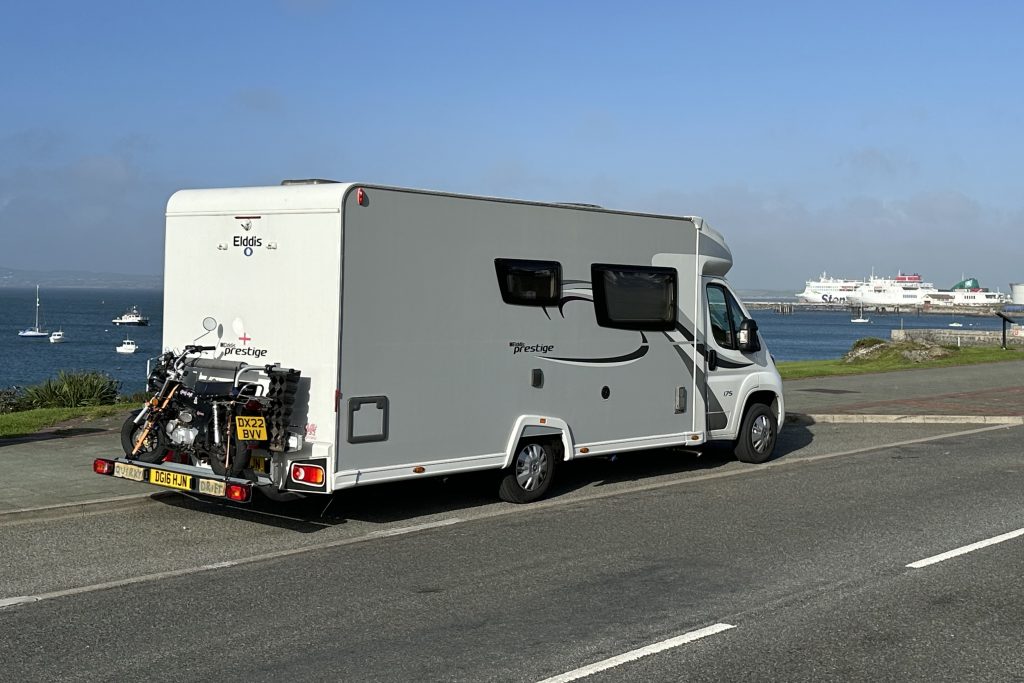
My usual setting entails traveling on the road, and although I typically find obtaining clean water straightforward in the UK, the scenario may shift as I enter European or other countries. Here, differences in water management systems can arise due to unique environmental constraints faced by regional water companies.
As someone who frequently travels long distances, ensuring access to clean water remains a constant priority for me. My motorhome is equipped with a 90-litre water tank, providing ample storage for various needs such as dishwashing, and quick morning showers.
Additionally, I carry two 5-litre plastic bottles specifically for drinking water, which I make sure to keep topped up whenever possible.
However, I am mindful of the added weight water brings to my vehicle’s performance and handling, especially during braking manoeuvres, as each litre equals the equivalent in kilograms.
Consequently, I am consistently seeking out sources of clean water upon reaching any destination.


It’s remarkable how quickly one becomes attuned to the significance of water conservation and methods for minimizing its usage. While my onboard water system includes an inline filter, its effectiveness remains a matter of debate.
During a recent journey across Scotland, my friends, who were also traveling in a motorhome, encountered a water shortage and resorted to replenishing their supply from a nearby small waterfall.
When consuming water in natural settings, prioritizing naturally aerated sources is essential to safeguarding one’s health.
Naturally aerated water, often found in flowing streams or rivers, undergoes aeration as it moves over rocks and cascades, absorbing oxygen from the atmosphere. This helps to eliminate potential contaminants and pathogens that may be present.
choosing naturally aerated water sources over stagnant or still bodies of water, significantly reduces the risk of waterborne illnesses.
Natural water sources such as rivers, lakes, and streams may contain harmful bacteria, viruses, and parasites that can cause waterborne illnesses. Consuming contaminated water can lead to diarrhoea, vomiting, stomach cramps, and dehydration, which can quickly ruin your outdoor experience.

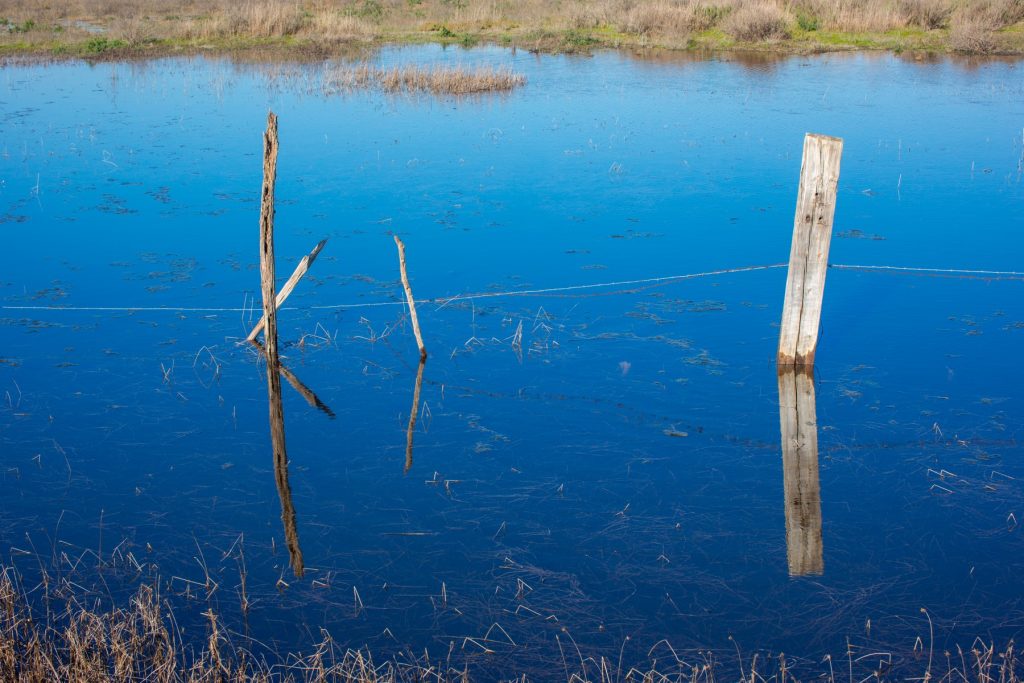
To get a better understanding I opted to explore water purification methods and the diverse systems that differ in their capacity to eliminate impurities and harmful contaminants from water, guaranteeing its safety for consumption. They cater to various environments such as homes, off-grid projects, and general outdoor activities.
Portable Water Filtration Systems For Backpackers & Outdoor Enthusiasts
Portable water filtration systems are essential for accessing clean water on the go.
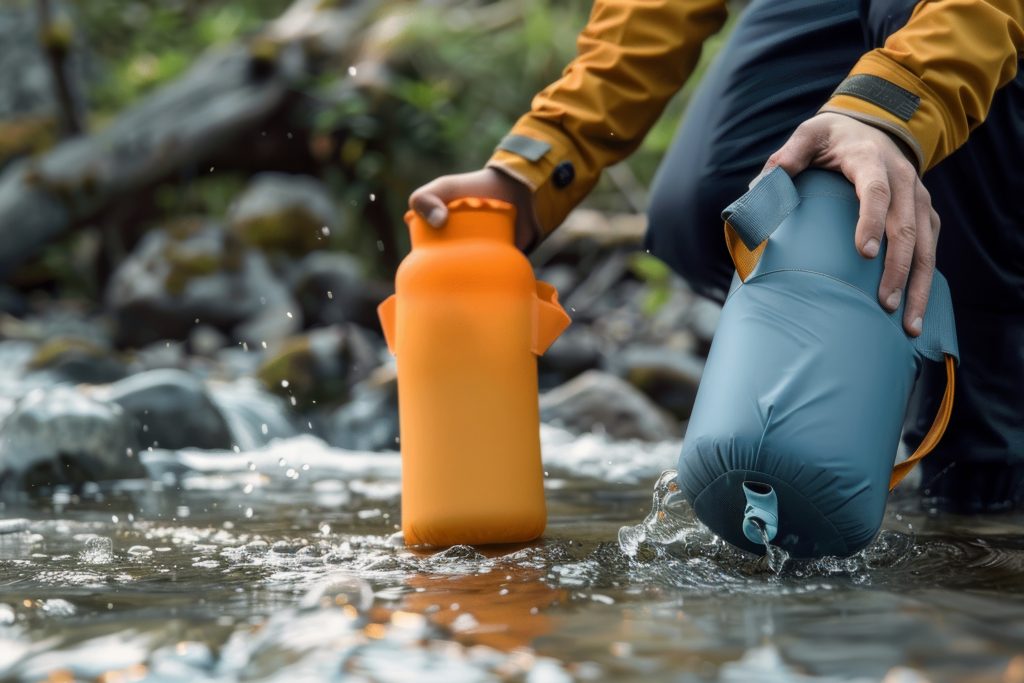
These compact devices remove bacteria, protozoa, and other contaminants from natural water sources like rivers, lakes, and streams, providing a reliable source of safe drinking water during outdoor activities.
Portable Water Filters And Purifiers
Specifically designed for outdoo adventures. These devices effectively remove bacteria, protozoa, and even viruses, providing you with clean and safe drinking water while on the go.
Portable water filters and purifiers work through various mechanisms to remove contaminants and pathogens from water. Here are the common methods used in these devices:
Physical Filtration
Many portable filters utilize physical barriers, such as microscopic pores or screens, to physically trap contaminants and particles present in the water. These filters can remove bacteria, protozoa, sediment, and debris. The size of the pores determines the types of contaminants that can be filtered out.
Activated Carbon
Filtration: Activated carbon is a porous material that has a high surface area, allowing it to adsorb impurities and chemicals present in the water. It can effectively remove chlorine, volatile organic compounds (VOCs), bad odours, and unpleasant tastes.
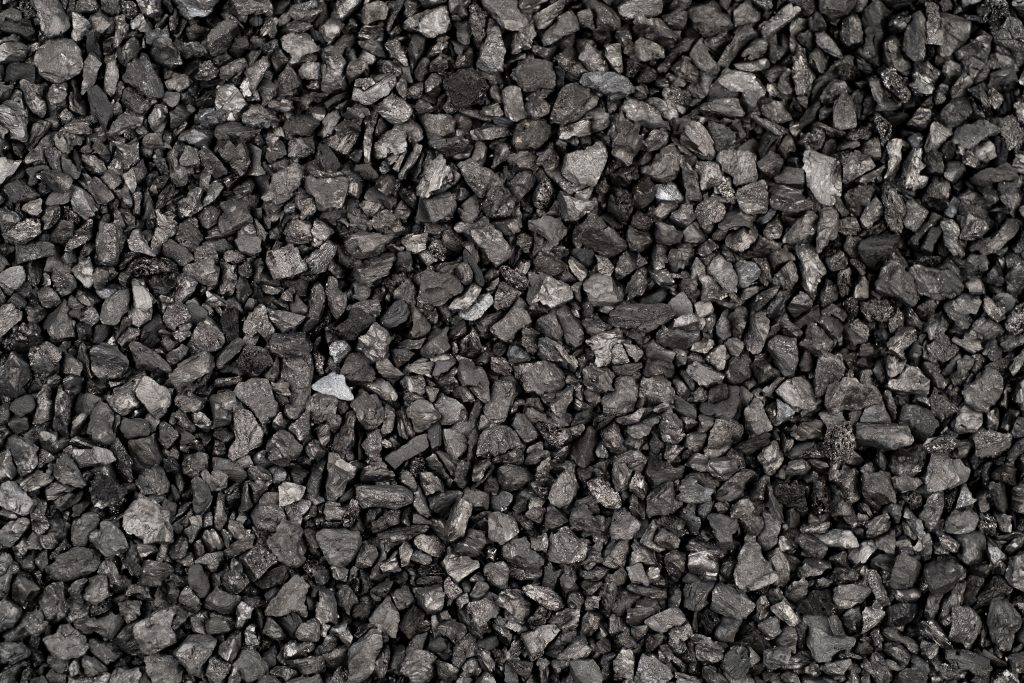

Chemical Filtration
Some portable filters incorporate chemicals, such as iodine or chlorine dioxide, to disinfect water and kill or neutralize bacteria, viruses, and protozoa. These chemicals work by disrupting the microbial cell membranes, rendering them inactive and unable to cause illness.
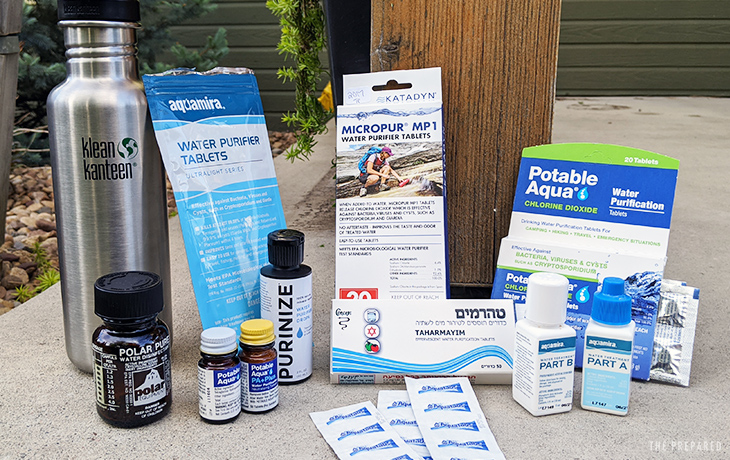
Iodine is also quite affordable, readily available, easy to carry and use. Having iodine on hand will help you to always be prepared to clean dirty water, just be mindful as to how much is used.
UV Light Purification:
UV (Ultraviolet) purifiers use ultraviolet radiation to disinfect water by destroying the DNA of microorganisms like bacteria, viruses, and protozoa. When water passes through a chamber exposed to UV light, the microorganisms are rendered unable to replicate and cause infection.
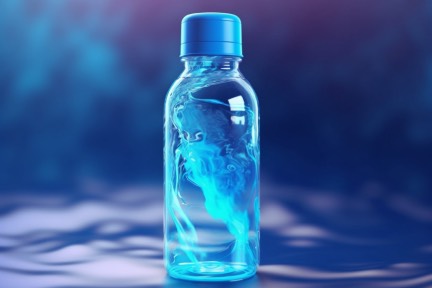
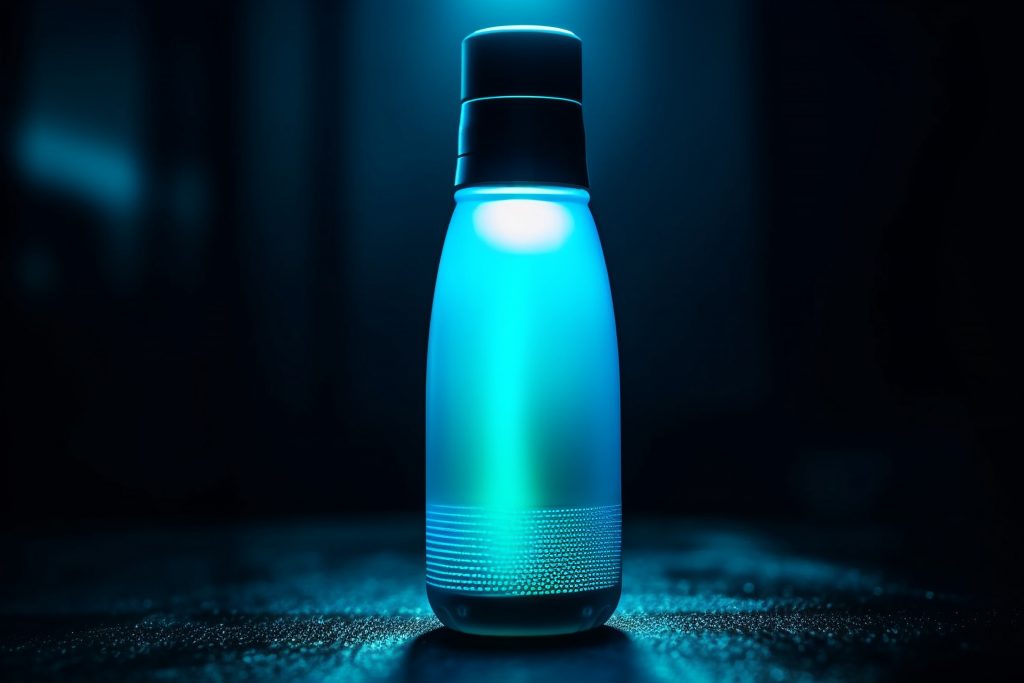
Electrostatic Filtration
Electrostatic filters utilize an electric charge to attract and trap particles and contaminants present in the water. This method is effective at removing particulates, sediment, and certain types of bacteria and viruses.
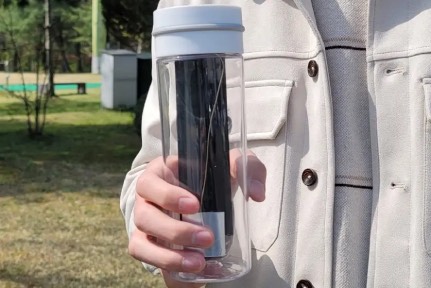
New Water Purifier is powered by static electricity from your body!
A 10-minute walk can build up enough static electricity to power a battery-free water purifier, which could be especially helpful during disasters or in regions that lack access to clean water and stable power supplies. By Jeremy Hsu New Scientist April 2024
Read More Here Water Purifier Powered By Static Electricity
Reverse Osmosis
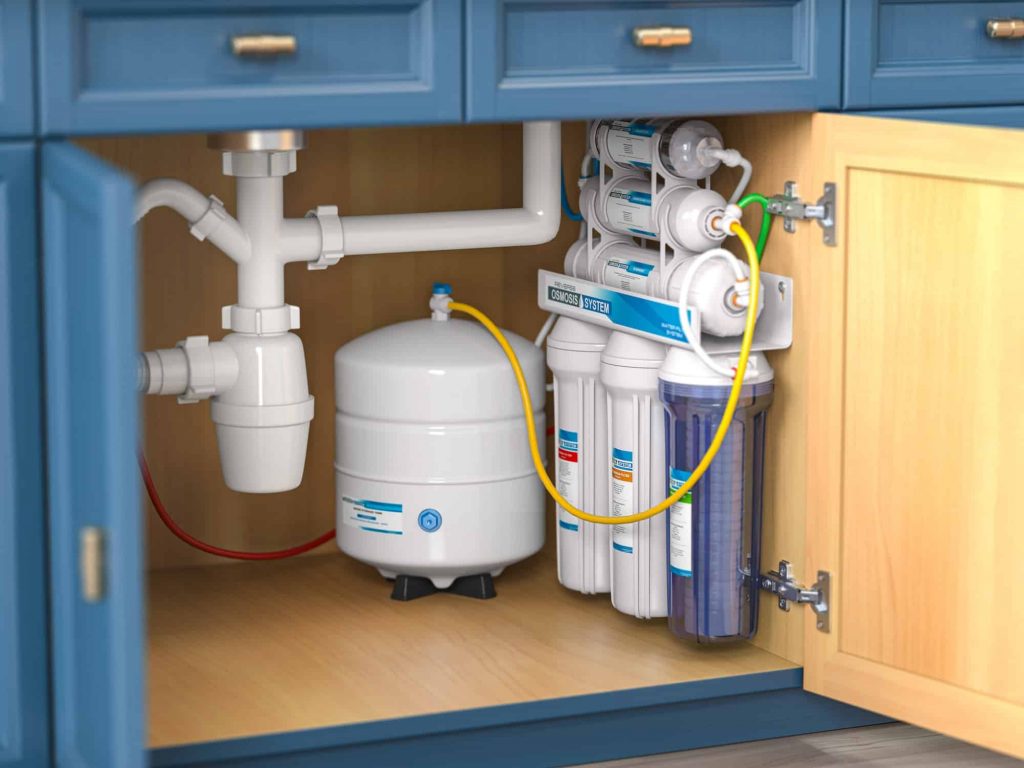
While less common in portable devices due to their complexity, some advanced portable purifiers may use reverse osmosis technology. The process involves forcing water through a semipermeable membrane that allows only water molecules to pass through, effectively removing contaminants and impurities.
Portable Water Filters And Purifiers
Overall, portable water filters and purifiers employ one or more of these methods to remove a wide range of contaminants and pathogens, ensuring access to safe and clean drinking water during adventures.
Portable water filters and purifiers are indispensable. These devices are specifically designed to address the unique challenges of outdoor environments, where access to clean water sources may be limited or contaminated. However the quality of the water we consume both at home and when outdoors should be taken seriously.
View A Wide Range Of Reliable And Affordable Water Filter Products Available.
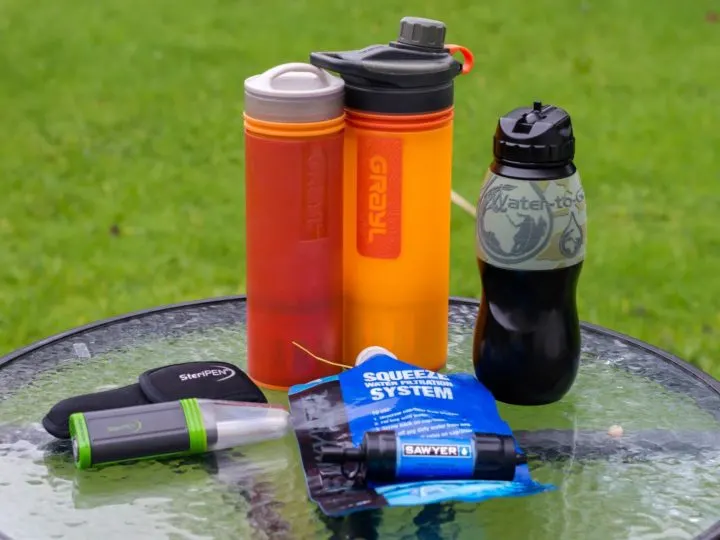
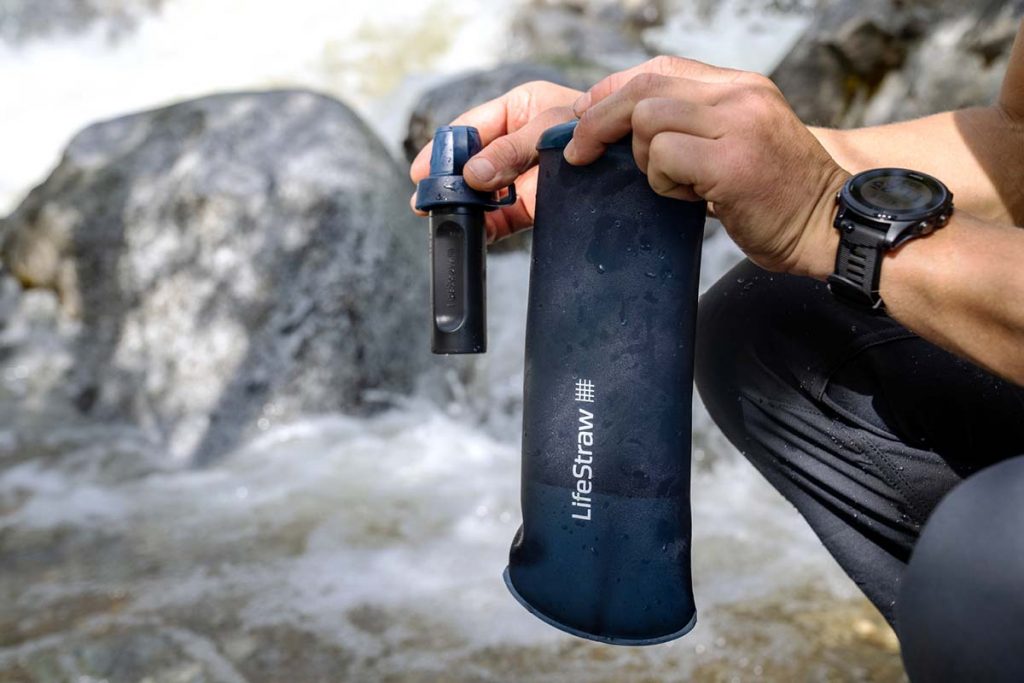
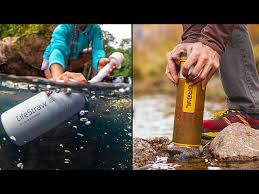
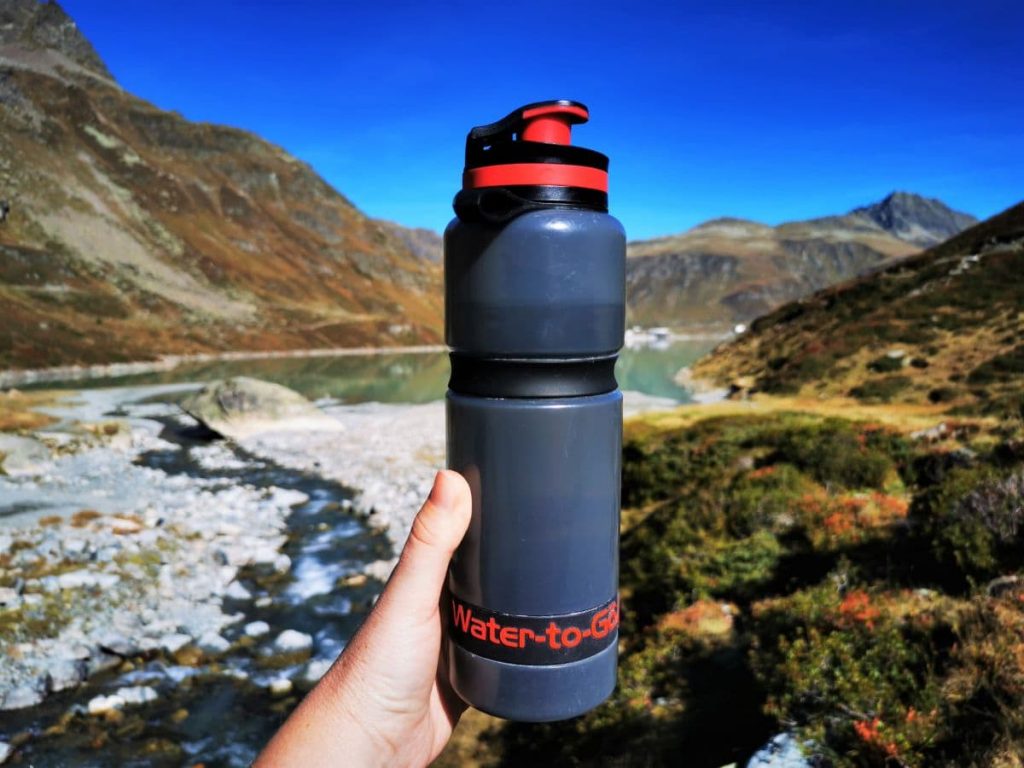
LifeSaver
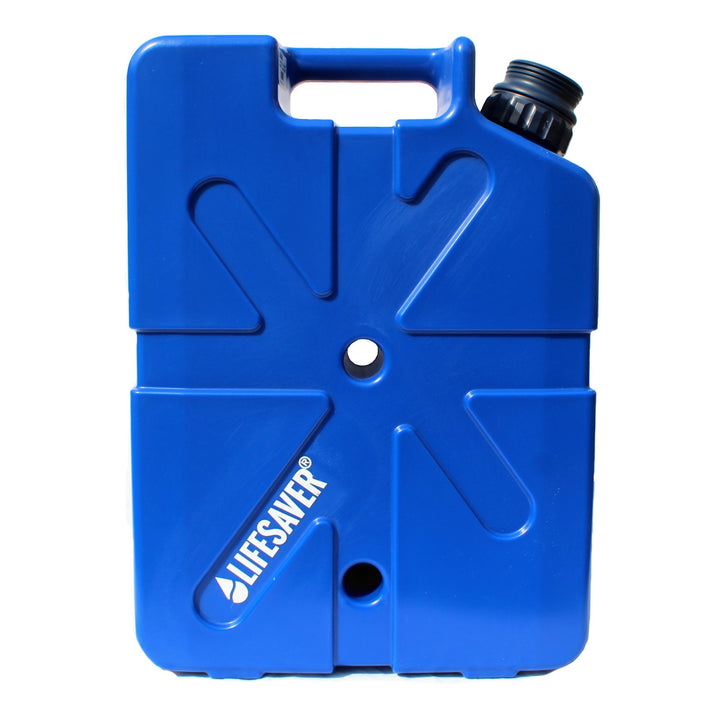
Capable of filtering 20,000 litres/5,300 gallons of clean drinking water, removing viruses, bacteria, cysts and parasites instantly. LifeSaver Jerrycan holds up to 18.5 litres of water at any one time and is designed to support those with a greater demand for clean water such as group expeditions, adventurers embarking on overland travel, families or those setting themselves up for off-grid living.
The LifeStraw Community High-Volume Water Purifier
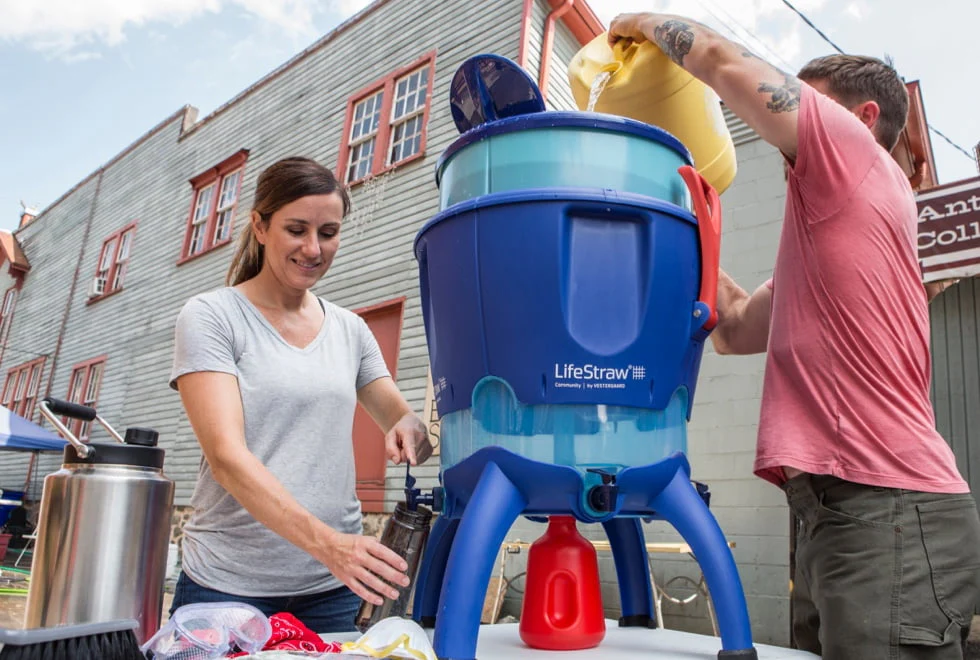
The LifeStraw Community High-Volume Water Purifier is a powerful solution for ensuring access to clean drinking water in environments where traditional water treatment methods are unavailable.
The LifeStraw Community is a gravity-fed water purification system designed for larger groups, capable of filtering up to 100,000 liters of water. Ideal for camping, camper van communities, outdoor events, or emergency situations, it removes 99.9999% of bacteria, 99.99% of viruses, and 99.99% of protozoa. This system provides safe, drinkable water without electricity or batteries, making it a reliable choice for preparedness and sustainability.
With a user-friendly, multi-stage filtration design, the LifeStraw Community is easy to maintain, featuring replaceable filters for long-term use. Its high flow rate ensures quick access to clean water, meeting NSF P231 standards for safety and performance. Perfect for camper van life or outdoor adventures, it helps reduce reliance on single-use plastics while delivering robust performance, portability, and eco-friendly benefits.
The Development Of Portable Water Filters
The development of portable water filters began not long after disastrous circumstances in 2004
After witnessing the devastation of the Tsunami (2004) in the Indian Ocean and Hurricane Katrina in New Orleans (2005), British inventor Michael Pritchard embarked on creating a portable water filtration device to ensure a sustainable supply of safe drinking water.
Following numerous trials, Pritchard successfully developed the first LifeSaver Bottle in 2007, the world’s initial portable water filter capable of eliminating even the smallest known waterborne viruses.
LifeSaver, founded by Pritchard, is renowned for its innovative technology that effectively removes contaminants and pathogens from water, making it suitable for drinking in challenging environments. These products have earned acclaim for their reliability and effectiveness, especially in emergency situations and outdoor adventures.
You can find out more about Michael’s inspiring Lifesaver story in the video link below
Conclusion
Following Michael Pritchard’s ground-breaking invention of the LifeSaver bottle, the development of portable water filters has continued to evolve rapidly.
Numerous companies and inventors have now entered the market, each seeking to improve upon existing designs or introduce new technologies.
Advancements in materials science and filtration technology has led to the creation of more compact, lightweight, and efficient portable water filters.
Companies began incorporating multiple filtration stages, such as activated carbon, ceramic, and UV sterilization, to enhance the removal of contaminants and pathogens from water.
Increased awareness of global water scarcity and the importance of access to clean drinking water spurred further research and development in this field.
Ongoing innovations in manufacturing processes and distribution networks have helped reduce costs and improve the affordability of portable water filters, making them an essential tool for addressing water-related challenges worldwide.
Explore a wide range Portable Water Filtration products available for various environments
This Article contains Affiliate links. As an Amazon Associate, I may earn a small commission from qualifying purchases at no cost to You the buyer.
